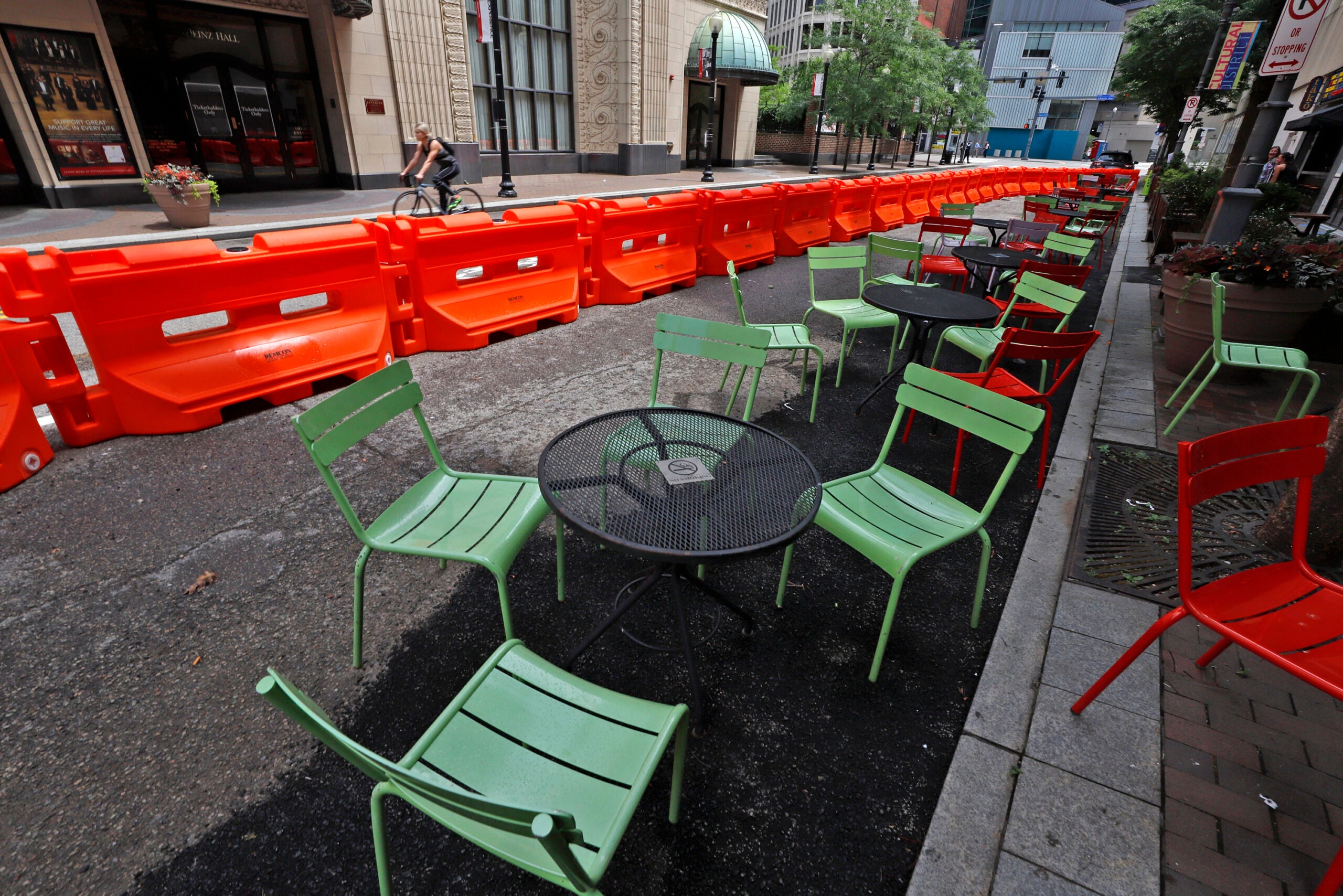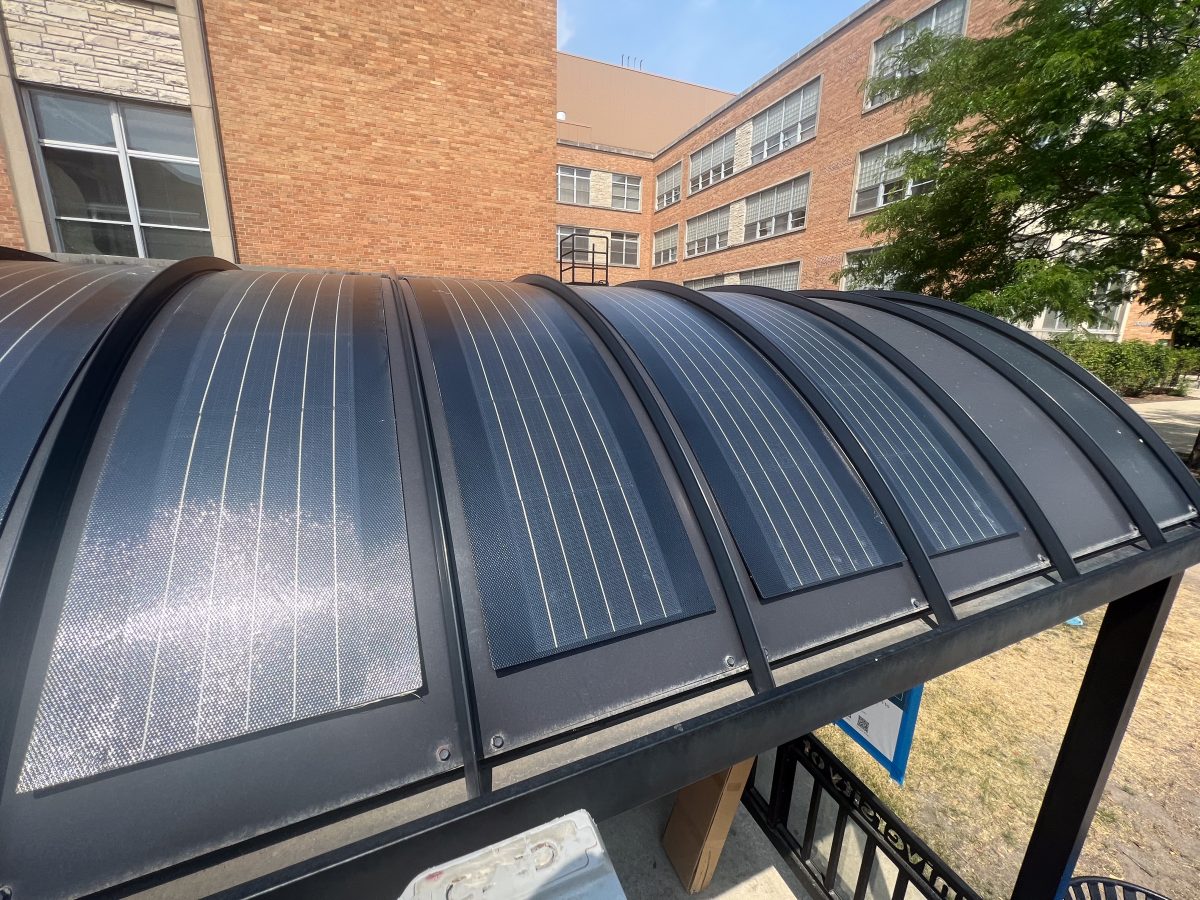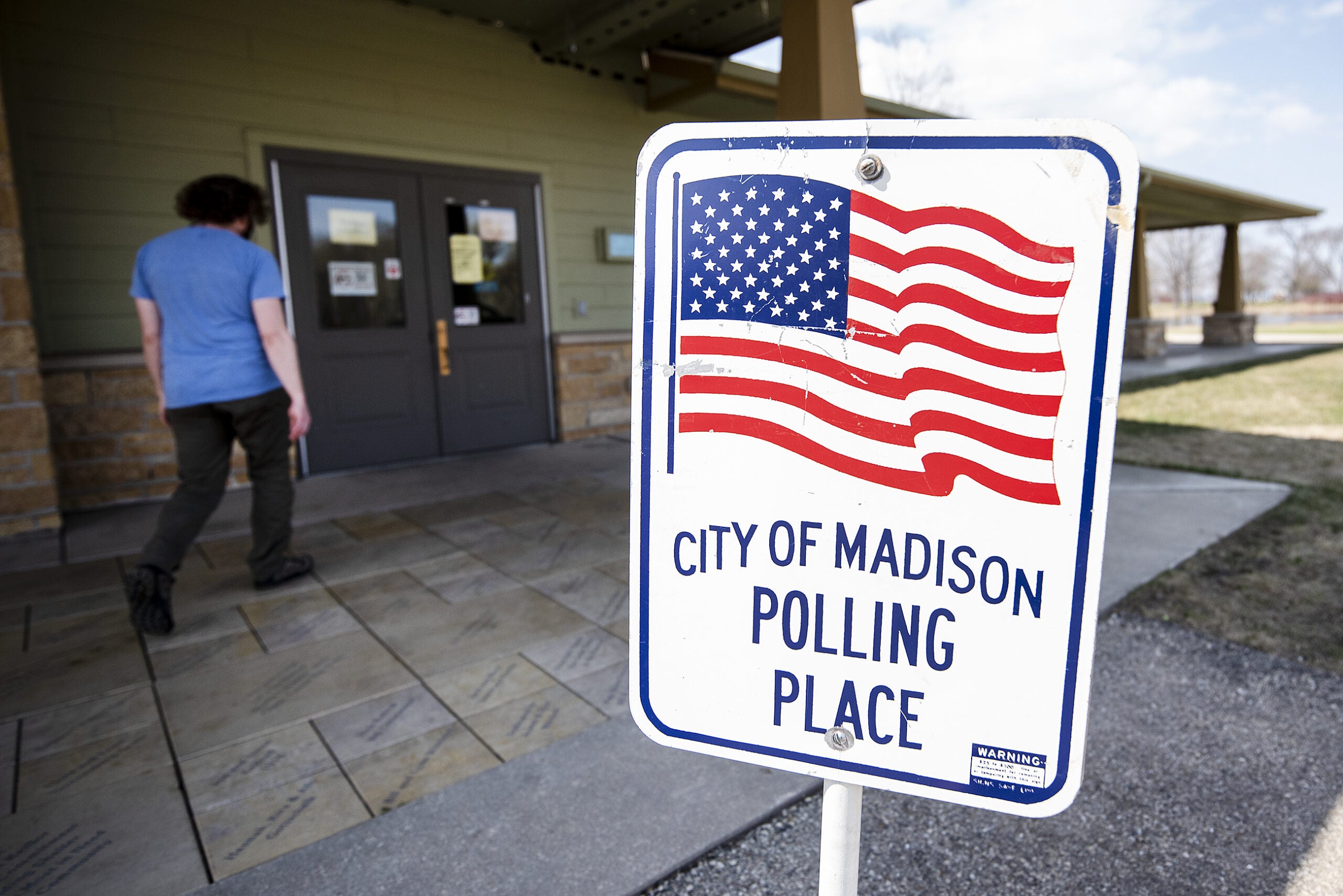Cities across Wisconsin are expanding their outdoor dining options as restaurants continue to look for new ways to bring in customers amid the COVID-19 outbreak.
In Madison, Mayor Satya Rhodes-Conway announced the closure of State Street to cars starting Friday evening through Sunday, and continuing every weekend through the end of August. In a press release, Rhodes-Conway said the closure will allow downtown restaurants and shops to take advantage of a full pedestrian side walk on weekends.
“The Streatery program has become a life-line for many of our cherished local businesses that have been disproportionally impacted by the COVID-19 pandemic,” Rhodes-Conway said in a statement.
News with a little more humanity
WPR’s “Wisconsin Today” newsletter keeps you connected to the state you love without feeling overwhelmed. No paywall. No agenda. No corporate filter.
Madison is in Phase 2 of its reopening process, but after increases in the number of COVID-19 cases, Public Health Madison and Dane County announced new limitations on bars and restaurants Wednesday. Under the order which took effect Thursday morning, bars are restricted from indoor service and indoor dining at restaurants is restricted to 25 percent capacity. Outdoor seating at both is allowed so long as tables are socially distanced and each table is limited to members of the same household, among other restrictions.
Megan Blake-Horst, street vendor coordinator for the city of Madison, said that about 40 restaurants had signed up under the Streatery program as of Monday, adding that they’re getting more interest from restaurant owners in different parts of the city as well.
Efforts to expand outdoor dining comes as Wisconsinites across the state are weighing the risks of returning to normal day-to-day activities, like shopping in brick-and-mortar stores or dining out at restaurants. In the latest poll from Marquette University, Wisconsin was ambivalent about dining out at restaurants with 49 percent of those polled saying they were uncomfortable dining out, and another 49 percent saying they were comfortable.
Pedro Pineda, owner and manager of Jalapenos Mexican Restaurante & Bar in Wausau, observed some of that wariness too. His restaurant participated in Wausau’s first “Dining on the Street” event on June 24, which closed down Third Street in Wausau to allow restaurants to expand their outdoor dining spaces. Pineda said although it was busier than it had been in recent weeks, he was expecting to see more customers.
Pineda said overall the event in Wausau was put together beautifully, adding that he was hopeful it would generate more business for his restaurant in the long run.
“We don’t have concerts, we don’t have a show in the theater, so this is something that we have to take advantage of,” Pineda said.
In Wausau, there are no restrictions on restaurants but the Marathon County Public Health Department recommends that restaurants along with all businesses follow health and safety guidelines from the Wisconsin Economic Development Corp.
In an email, Leah Van De Loo, assistant director of Wausau River District Inc. which spearheaded planning for the event, said they intend to expand “Dining in the Streets” to include more restaurants on Third Street.
In Milwaukee, the Common Council approved a plan that expedites the process that restaurants can use to apply for an outdoor seating permit. The “Active Streets for Businesses” program began taking applications June 17, and had approved 13 of the 37 applications from restaurants looking to expand outdoor seating as of Wednesday, according to Brian DeNeve, a spokesperson for the city of Milwaukee Department of Public Works.
The city has moved into Phase 4 of reopening, allowing restaurants to operate with social distancing and at 50 percent occupancy (although the occupancy limit can be waived for an individual restaurant with approval from the city).
The Centers for Disease Control and Prevention designates drive-thru, delivery, takeout and curbside pick up as the lowest risk ways to dine out during the outbreak. The CDC has deemed outdoor dining with tables socially distanced as “more risk,” the second-lowest risk option.
Wisconsin Public Radio, © Copyright 2026, Board of Regents of the University of Wisconsin System and Wisconsin Educational Communications Board.





